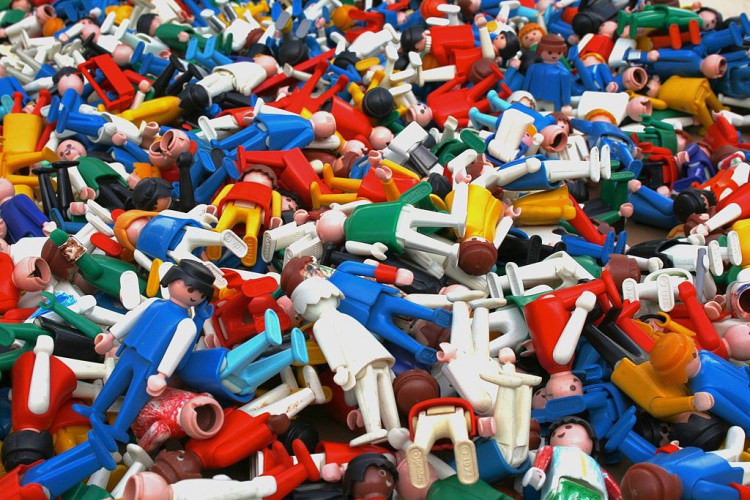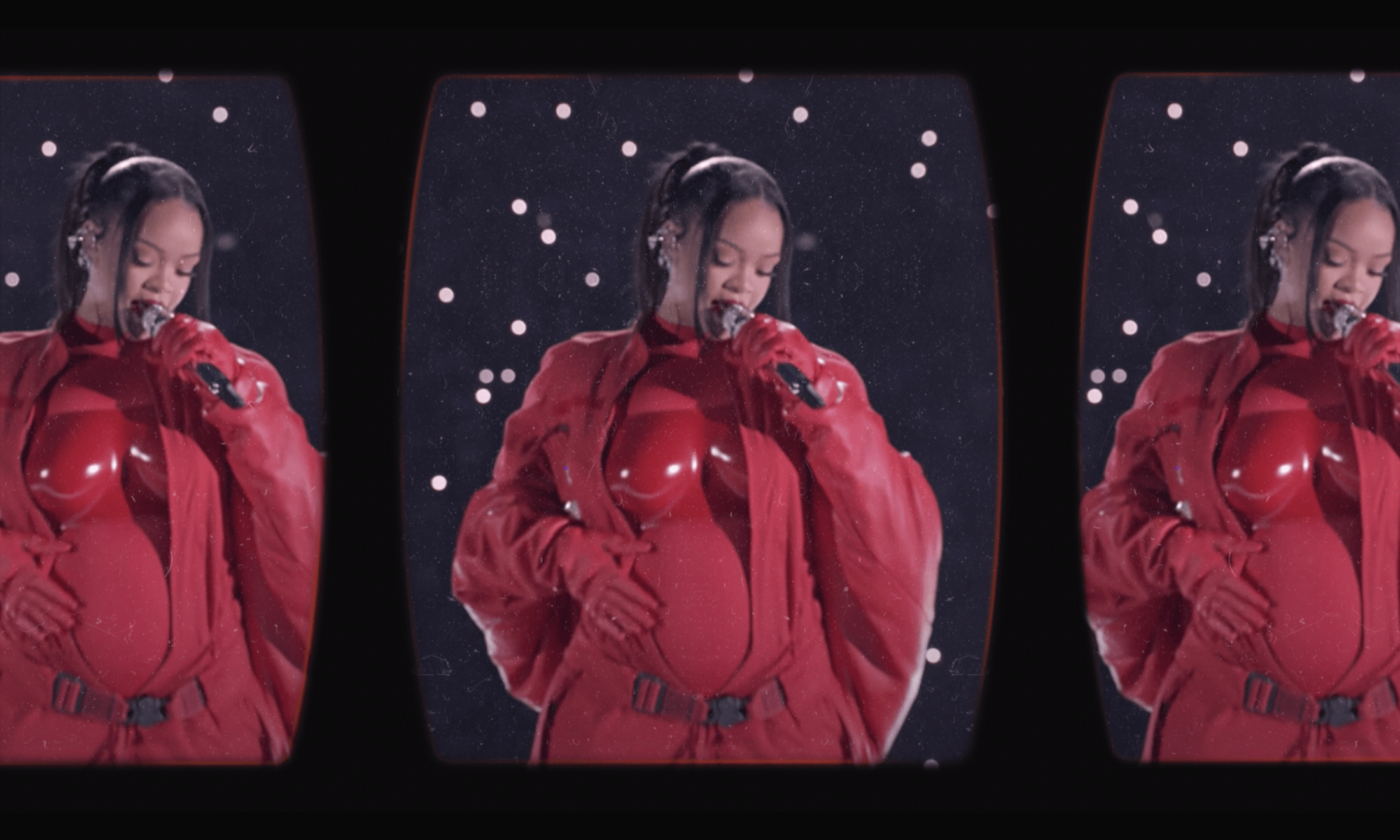
Last week, indigenous Australian captain, Johnathan Thurston and his daughter, Frankie, gave me a little more faith in the world that my kids may grow up in.
After leading his team, the North Queensland Cowboys, to victory in the Australian Rugby League, he took to the pitch with his two-year-old daughter in his arms. Now, I accept that, on the surface, this image may seem nondescript. We’ve all seen the golden-boy of some mega-football team wander the pitch at the end of the season, leading a trail of dazed offspring, suitably clad in their fathers’ jersey while shielding their ears against the din.
But this was more than that. Not only because it was the first time the final of the ARL was captained by two men of the indigenous community; not only because it presented such a positive display of indigenous fatherhood; but because of Frankie’s black doll. A black baby doll which was several shades darker than the little girl who cradled it.
I am a mixed-race girl – my maternal side is English and my paternal side is Jamaican – and, growing up, I never had a Disney princess, popular toy or pop star that looked remotely like me. This is excluding Scary Spice, but being pigeonholed by her overwhelmingly sassy, exoticised, leopard-print-doused persona is another article in itself.
Furthermore, I didn’t have any female dolls to centre my childhood fantasies upon that deviated from the white, largely blonde and petite Western mould. My whole perception of femininity was whitewashed and ultimately, I hated my curly hair; couldn’t understand why my eyes weren’t blue; and begged my Mama to make me look like my dolls.
So, to see my little namesake, herself a member of a marginalised ethnic group, playing with a black dolly struck a chord with me. Perhaps for her, playtime will be more than a subtle indoctrination exercise. The princesses, schoolteachers, vets, engineers, and doctors of her imagination can be formed in the image of dolls which represent her, which represent everyone. It seems that she may grow up knowing that being an object of reverence and being white isn’t mutually exclusive, and this made me so happy I wanted to scream.
And then reality dragged me, kicking and still screaming, back down to Earth with the news that Playmobil had included an enslaved black man as a toy in its $90 Pirate Ship set. The dark-skinned figurine, bought unwittingly by a Californian aunt for her five-year-old nephew, is barefoot, has unkempt hair and tattered clothes.
Furthermore, the instructions clearly encourage the user to place a grey slave-collar around the black man’s neck and gives you the option to put him in the cage-like hold of the ship.
This toy is inappropriate. This toy is insensitive. This toy is racist as hell.
When the family complained to the company, they replied that while it was not their intention “to offend anyone in anyway” it was meant to “represent a pirate who was a former slave in a historical context”. Frankly, I find it disgusting that Playmobil feels it’s acceptable to reference our “history” (and in Black History Month, no less) as a justification for contemporary racism.
As a toy manufacturer, they must be acutely aware that playtime for children is not merely an exercise in fun: active, imaginary play helps to foster and regulate social interaction and makes children aware of the perception and needs of other characters – whether their imaginary friend, toy or playmate. Therefore, to present the only black character in a multi-pack as a slave is to undoubtedly convey some deeper meaning of black inferiority to a child somewhere, a child that could grow up to act on this warped view.
There is no legitimate reason for the black character to have been dressed differently to the white sailors. If we want to cling onto “historical” accuracy, it has been argued that, since pirate ships were run according to their own code, they were some of the most multicultural places around in the 17th Century.
Plunder was voted over and split equally regardless of skin colour.
Blackbeard, arguably the most famous pirate of all, sailed with a famous black African pirate, Black Caesar. So, if Playmobil considers its role to include giving five-year-old children a history lesson, they should focus on the constructive positions that people of African origins have contributed to society, rather than continuing to enforce the agenda that all black history is synonymous with slave history.
There is no excuse for irresponsibly ignoring the power that racially-provocative toys have over children. While Australia trundles forward to apparently leave the US floundering sluggishly in the past, I hope that the Britain of my future recognises the extraordinary symbolism of toys; and I hope that it pushes to make them as diverse and representative as the ones in little Frankie’s toy box. Preferably with no input from Playmobil.








